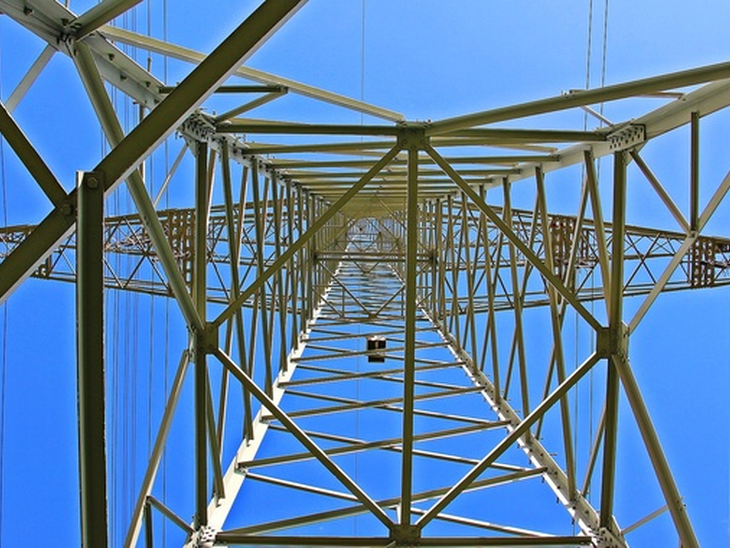ONS announces 2020 Energy Operation Plan, with forecasts until 2024
T&B Petroleum/Press Office ONS
04/08/2020 12:45

The National Electricity System Operator released today, July 31, the digital magazine - Executive Summary of the Energy Operation Plan (PEN 2020), horizon 2020-2024. The document presents the assessments of the conditions for supplying the expected electricity market of the National Interconnected System (SIN) for the next five years.
In the five-year period, the SIN's energy load is expected to grow by an average of 3.9% on the horizon, reaching 76,612 MWmed in 2024, considering an increase in GDP of 1.2% on average during the study period.
In the supply of electricity, there is an increase of approximately 11.5 GW of installed capacity, totaling 175.5 GW at the end of the planning period, with most of the expansion taking place through wind and thermal plants using natural gas. . Hydroelectricity remains the main source of generation, however it loses share in the electric matrix, falling from 62.9% in 2020 to 58.1% in 2024.
The storage capacity of the SIN is one of the largest in the world, with about 291 GWmonth. However, without forecasting the construction of new hydroelectric plants with reservoirs, the degree of regularization will continue to decrease in the coming years, increasing the dependence on rainy periods for the level of reservoirs to rise each year.
This and other information can be accessed in the digital magazine of PEN 2020. Click on the link and check out:
http://www.ons.org.br/AcervoDigitalDocumentosEPublicacoes/ONS_PEN2020_24_final%20%285%29.pdf
About PEN
With an annual periodicity and bringing analyzes considering a horizon of five years in the electric sector, the Energy Operation Plan (PEN) aims to present the evaluations of the conditions of service of the National Interconnected System (SIN), in the short and medium terms. The document serves as a reference for the Ministry of Mines and Energy, through the Electricity Sector Monitoring Committee (CMSE), and the Energy Research Company (EPE) to define their priorities and the appropriate strategies to meet consumption in the period, with quality and safety. The study is divided into two scenarios: the first, which encompasses the first two years, presents the conjunctural, deterministic and probabilistic analyzes and the second, in a more distant scenario, three years ahead, indicates trends and has a more structural approach, that is, less dependent on recent hydrological trends and current storage levels.


